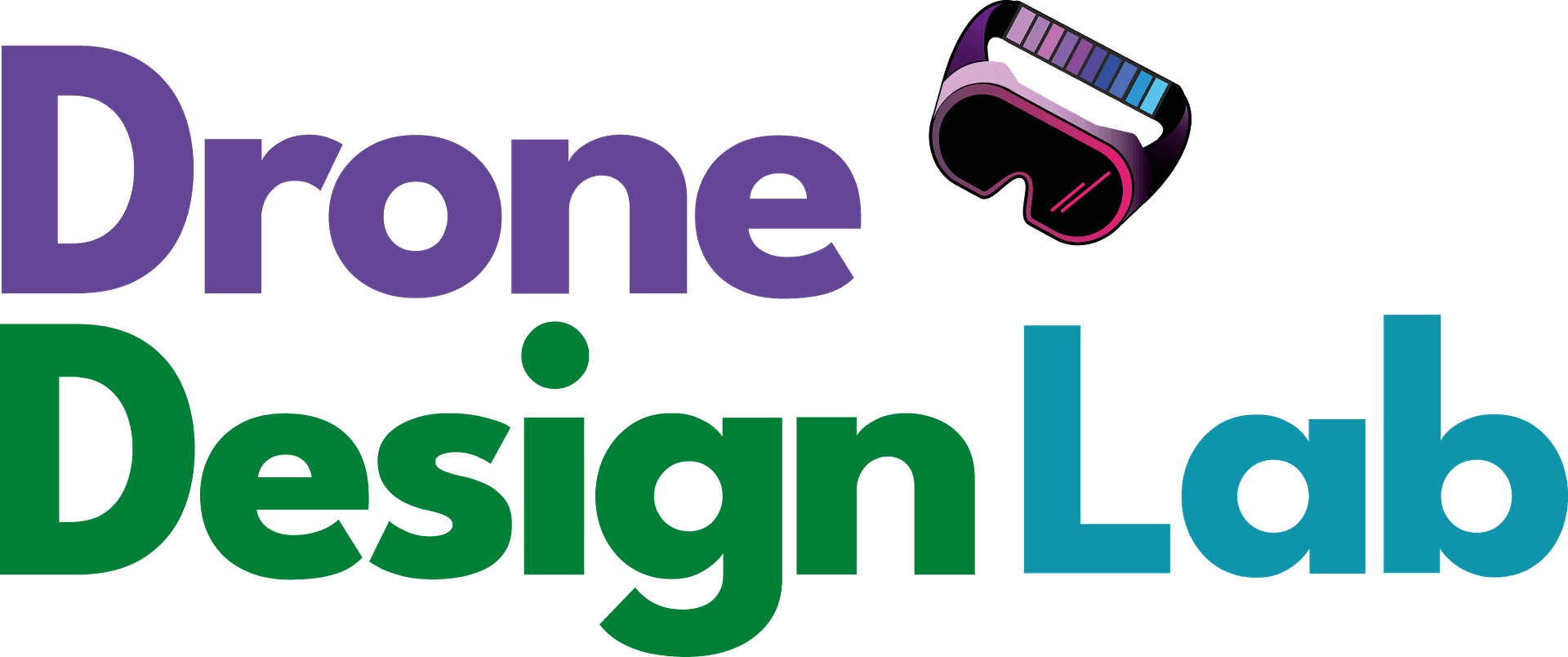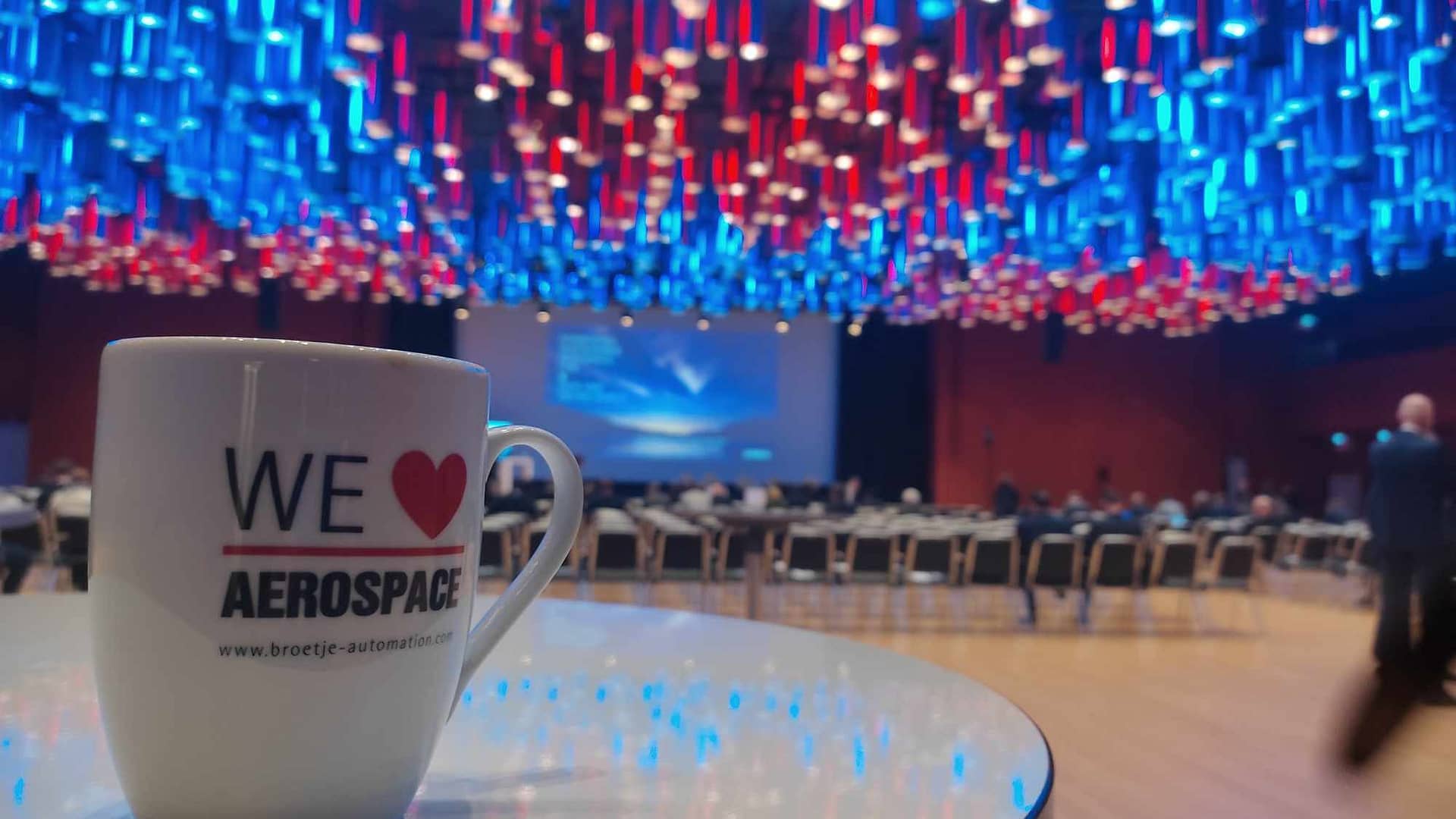The Need for Resilient and Innovative Leadership
Amidst the push towards a sustainable aviation future, the necessity for resilient leadership that can adapt to rapid changes and drive innovations is paramount. The challenges ahead require a dynamic approach, where leaders are not only adept at steering through existing complexities but also envisioning and implementing transformative solutions.
Adaptability to Changing Dynamics: Leaders in the aviation sector must possess the ability to swiftly adapt to changing regulations, technological advancements, and consumer preferences. The landscape of aviation is evolving rapidly, with emerging technologies and shifting market demands. Leaders need to embrace flexibility in their strategies to stay ahead in this dynamic environment.
Driving Sustainable Innovations: Effective leadership should prioritize sustainability at its core. Encouraging a culture of innovation that revolves around eco-friendly practices, renewable energy sources, and cleaner technologies will be crucial. These leaders should foster an environment where creativity thrives and where sustainability is not just an obligation but a fundamental value.
Embracing Collaboration and Diversity: The challenges faced by the aviation industry are multifaceted, requiring collaborative efforts from diverse perspectives. Leaders who champion collaboration, both within their organizations and in partnerships across industries, will be instrumental in driving holistic and impactful changes. Embracing diversity in leadership teams ensures a broad range of viewpoints, leading to more innovative solutions.
Nurturing Talent and Skills Development: Addressing the labor shortage in aerospace necessitates proactive measures from leadership. Investing in education, training programs, and initiatives that attract and retain talent is essential. Leaders should create pathways for skill development, mentorship, and career advancement to cultivate a skilled workforce capable of steering the industry toward a sustainable future.
Fostering a Culture of Resilience and Ethical Leadership: In times of uncertainty, resilience becomes a crucial attribute for leaders. Encouraging ethical practices, transparency, and accountability within the industry will not only build trust but also ensure long-term viability. Leaders must set high standards for ethical behavior and governance, inspiring confidence in stakeholders and the public alike.
The aviation industry’s journey towards sustainability and innovation requires leaders who are not just capable of navigating challenges but are catalysts for change. Embracing adaptability, fostering innovation, nurturing talent, and promoting ethical practices will define the success of these leaders in steering the industry toward a more sustainable and prosperous future.
Charting a Sustainable Future: Reducing CO2 Emissions in Aviation by 2050
In the pursuit of a greener and more sustainable future, the aviation industry stands at a pivotal juncture. With the pressing need to curb carbon emissions and address environmental concerns, the year 2050 has become a target for significant reduction in CO2 emissions in the aviation sector. Several groundbreaking initiatives and innovations are underway to revolutionize the way we fly, transport goods, and manage the aerospace industry’s challenges.
Urban Air Mobility and NASA’s Vision
One of the most promising avenues is the development of Urban Air Mobility (UAM). This futuristic concept envisions a network of electric vertical takeoff and landing (eVTOL) aircraft that will revolutionize urban transportation. Collaborations between private companies, startups, and government agencies like NASA have been instrumental in driving this vision forward. These vehicles promise to reduce congestion, shorten commute times, and significantly cut down emissions within urban areas.
NASA’s involvement in shaping this future extends to research and development, focusing on air traffic management systems that will seamlessly integrate these aerial vehicles into existing airspace. Their efforts are geared towards not only making UAM a reality but ensuring its safety, efficiency, and environmental sustainability.
Drone Delivery Services: Bridging Efficiency and Sustainability
Another frontier that holds immense promise in both convenience and emission reduction is the utilization of drones for delivery services. From retail giants to local businesses, many are exploring and implementing drone delivery for faster and more efficient logistics. These unmanned aerial vehicles (UAVs) offer a viable solution for last-mile delivery, reducing the need for traditional vehicles that contribute significantly to carbon emissions.
The potential benefits are multifaceted, with drones capable of delivering medical supplies, groceries, and other essential items with minimal environmental impact. Companies are investing in drone technology to not only streamline their delivery processes but also contribute to the larger goal of reducing the carbon footprint of logistics operations.
Supply Chain Challenges and Labor Shortage in Aerospace
However, amidst these innovative strides toward sustainability, the aerospace industry faces its share of challenges. The complex supply chain involved in manufacturing aircraft and related components presents logistical hurdles. The transition towards more sustainable materials and processes requires significant investment, research, and restructuring of existing supply chains.
Additionally, the industry is grappling with a growing labor shortage. As the demand for skilled workers in aerospace engineering, aviation mechanics, and related fields rises, there’s an urgent need to attract and train a new generation of professionals. Addressing this shortage is crucial to ensure the industry’s capability to drive innovation and sustainability initiatives forward.
A Collaborative Approach for a Sustainable Sky
Tackling the ambitious goal of reducing CO2 emissions in the aviation sector by 2050 requires a collaborative effort. Governments, industry leaders, researchers, and innovators must work hand in hand to overcome challenges and capitalize on opportunities. Investments in research and development, policy reforms favoring sustainable practices, and fostering a culture of innovation will be instrumental in achieving this shared goal.
In conclusion, the vision for a more sustainable aviation sector by 2050 is within reach. With advancements in urban air mobility, the adoption of drone delivery services, and concerted efforts to address supply chain challenges and labor shortages, the industry is poised for a transformative shift. By embracing innovation, collaboration, and a commitment to sustainability, we can pave the way for a cleaner, greener future in the skies.





